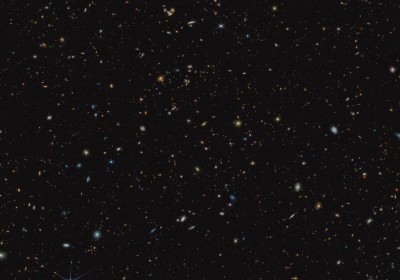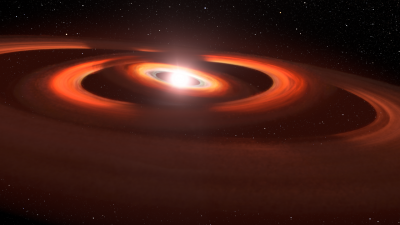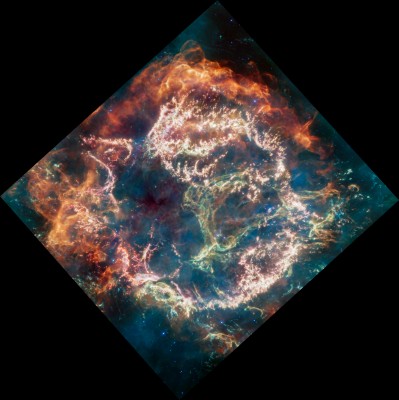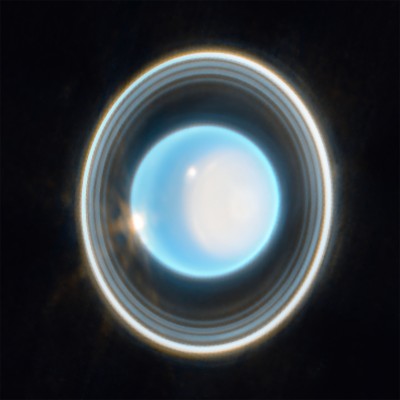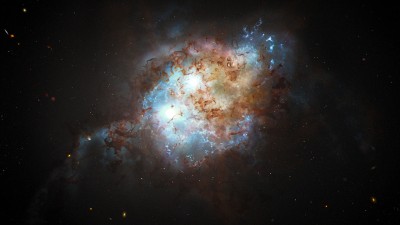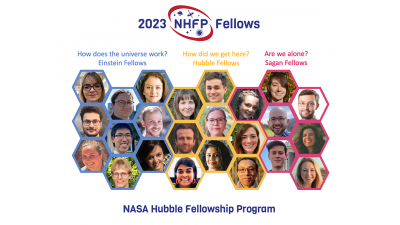Exploring Stephan’s Quintet with Multiple Senses
Space Telescope Science Institute (STScI)Experts created two new visual and auditory experiences to explore the complexity and beauty of a compact galaxy group known as Stephan’s Quintet. The guided three-dimensional visualization surveys the galaxies — their structures, characteristics, and interactions — captured in multiple wavelengths of light by some of NASA’s great observatories. The sonifications scan two-dimensional images of the quintet, translating the data into sound to reveal the depth and richness this intricate environment holds.




